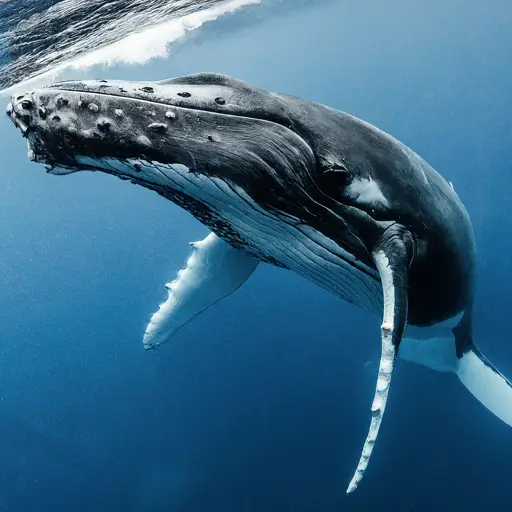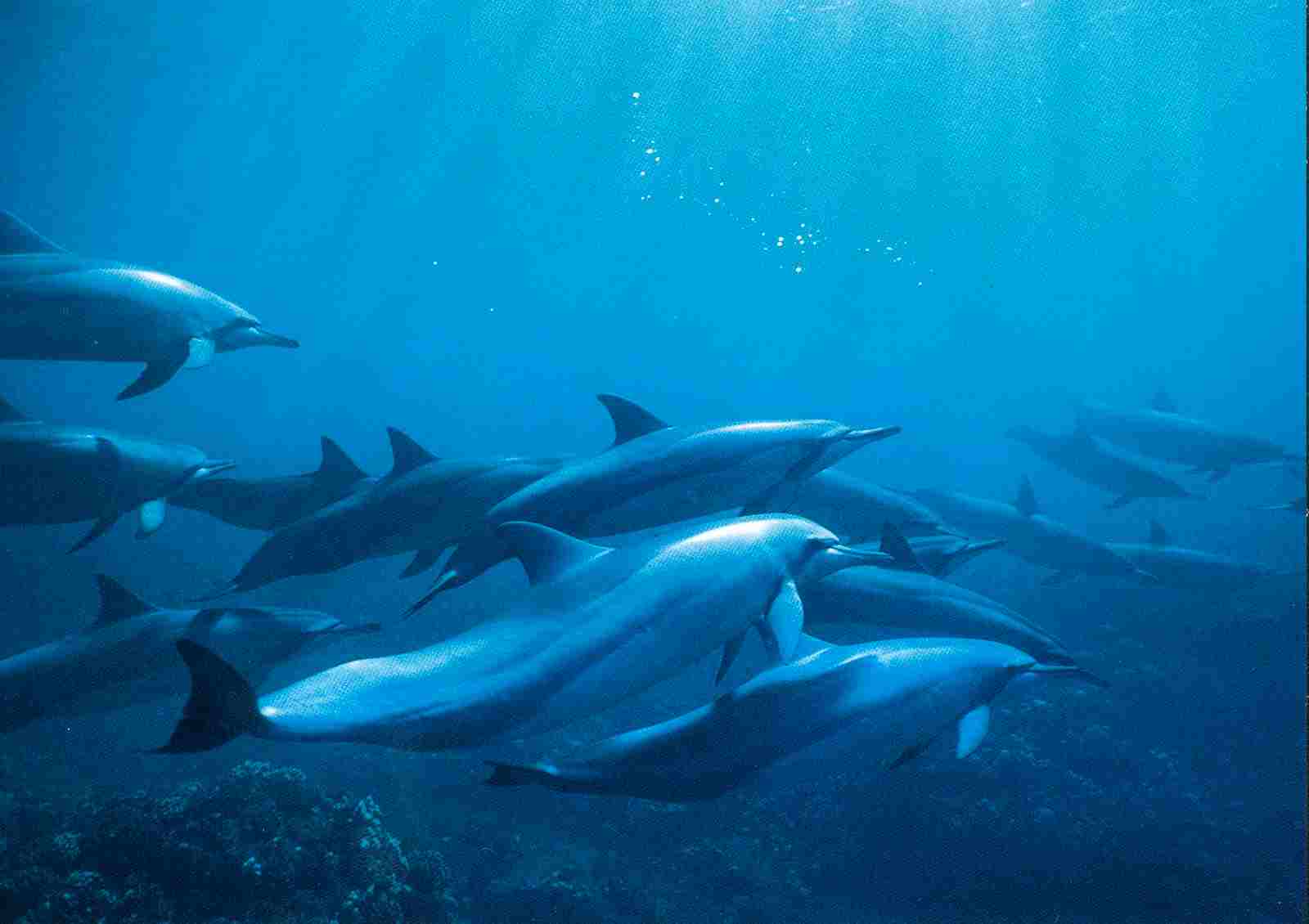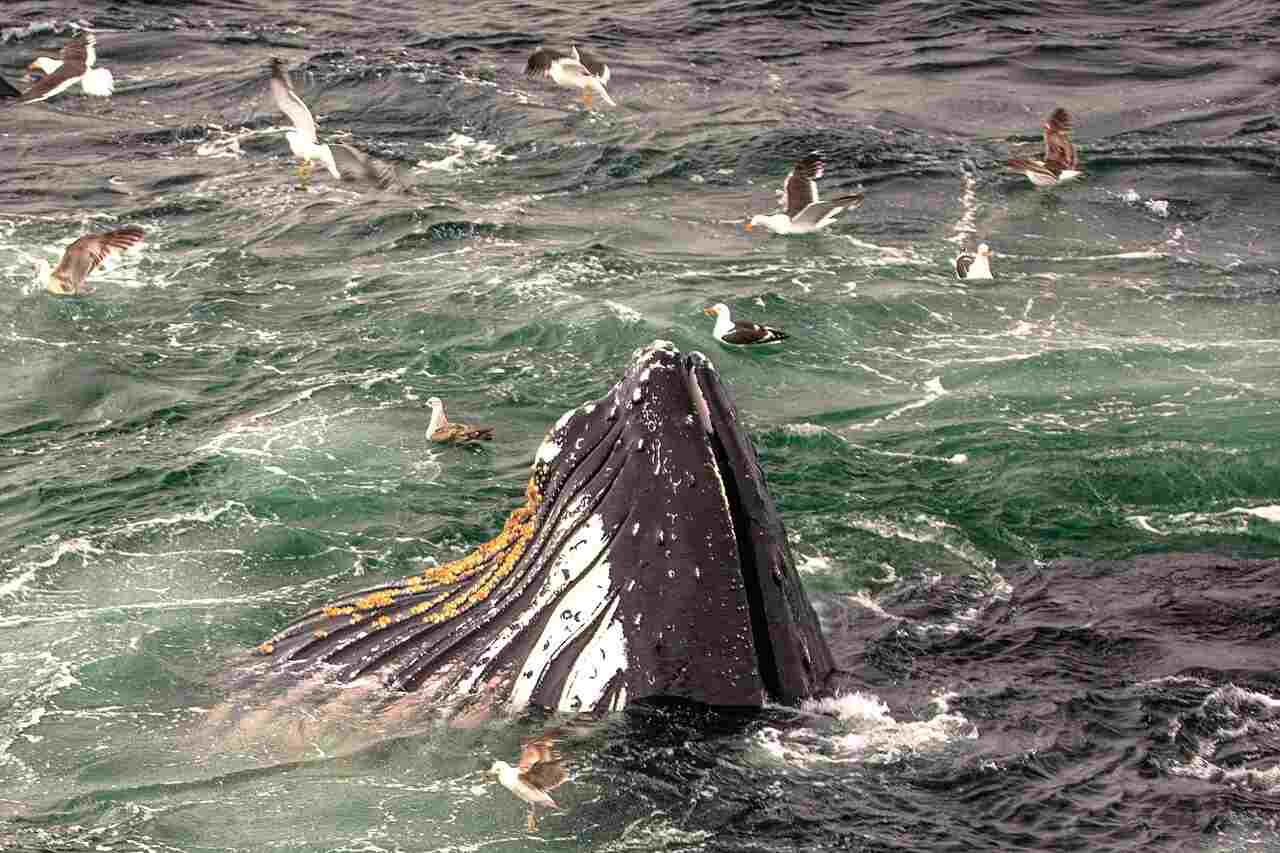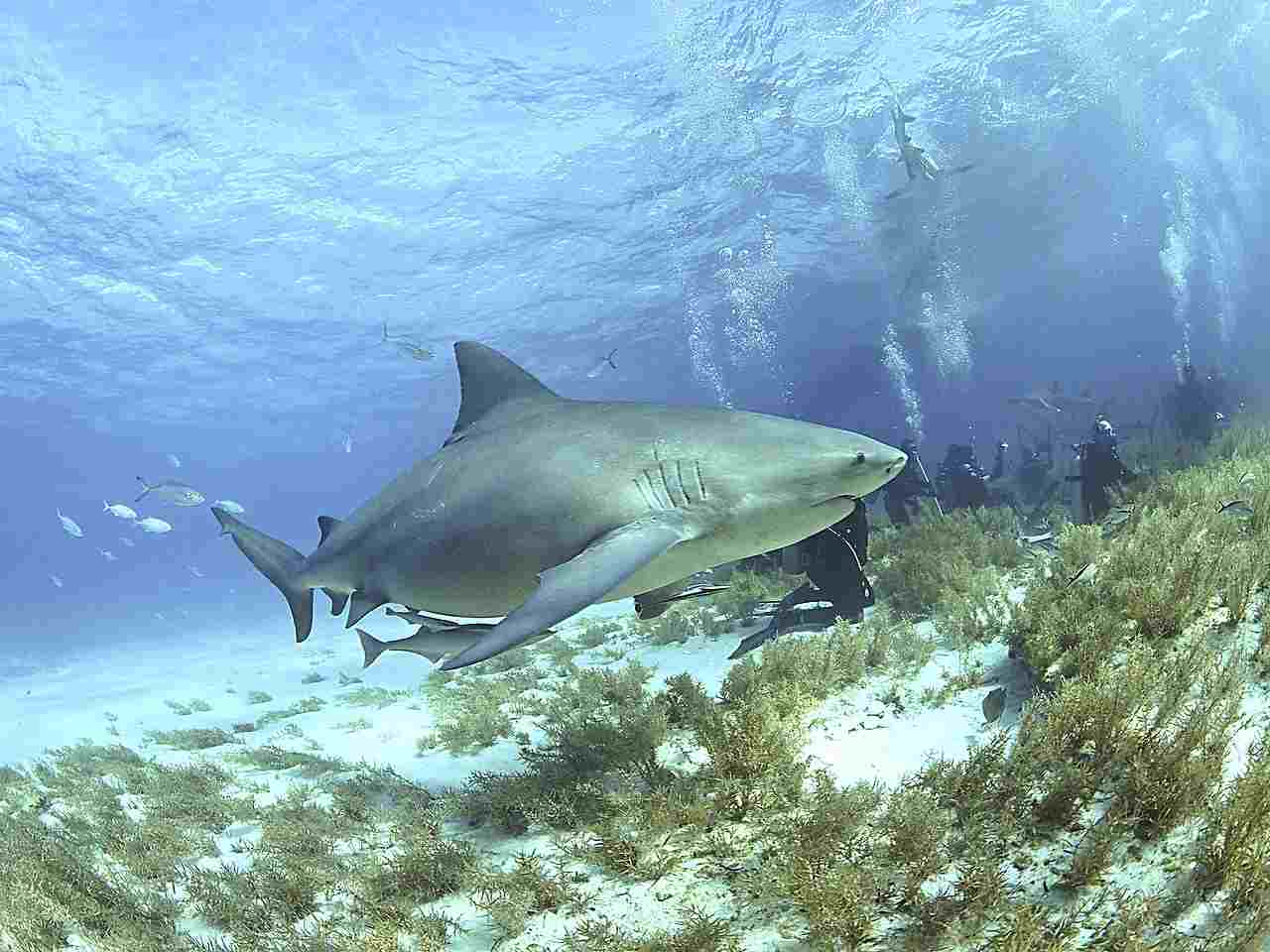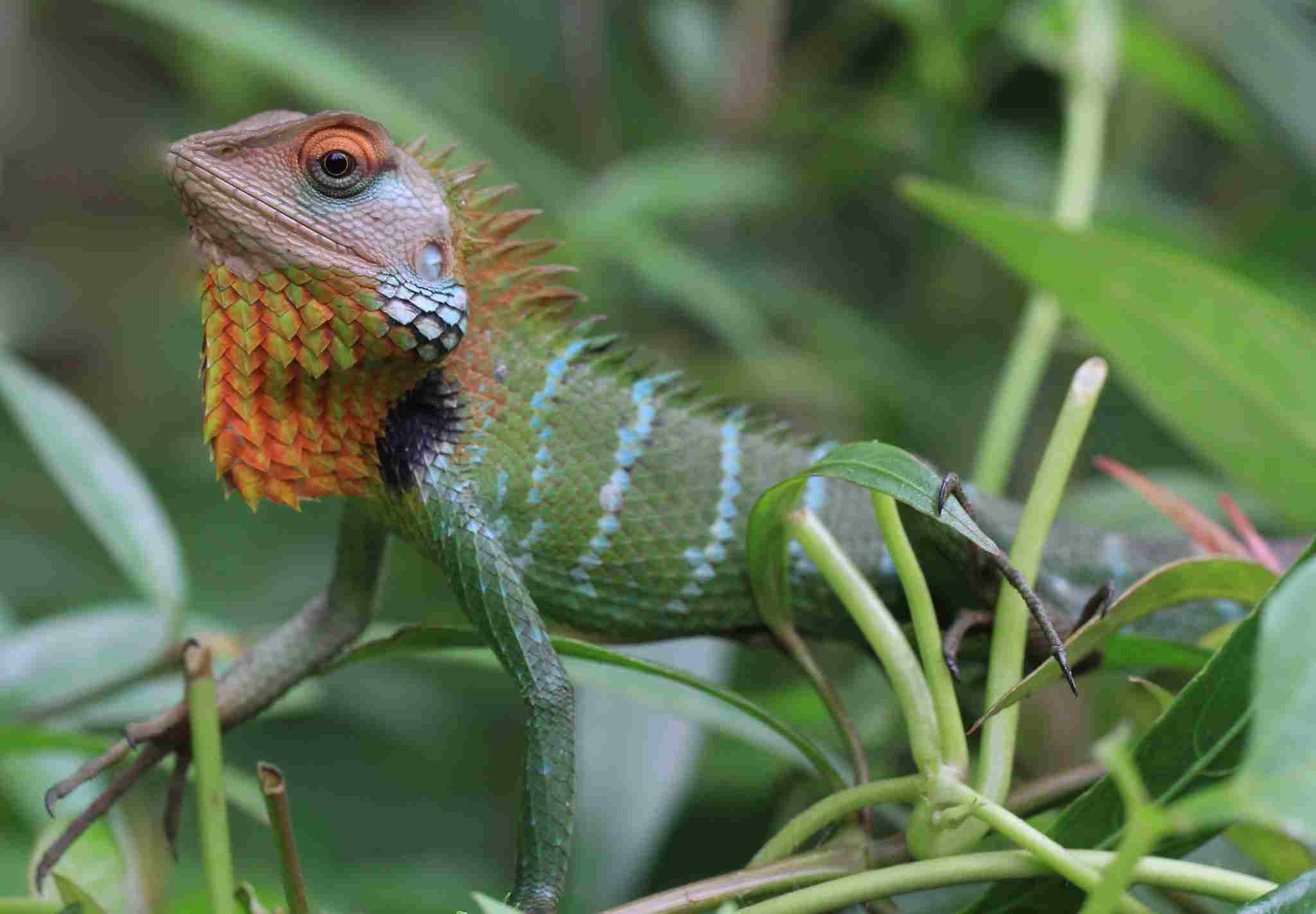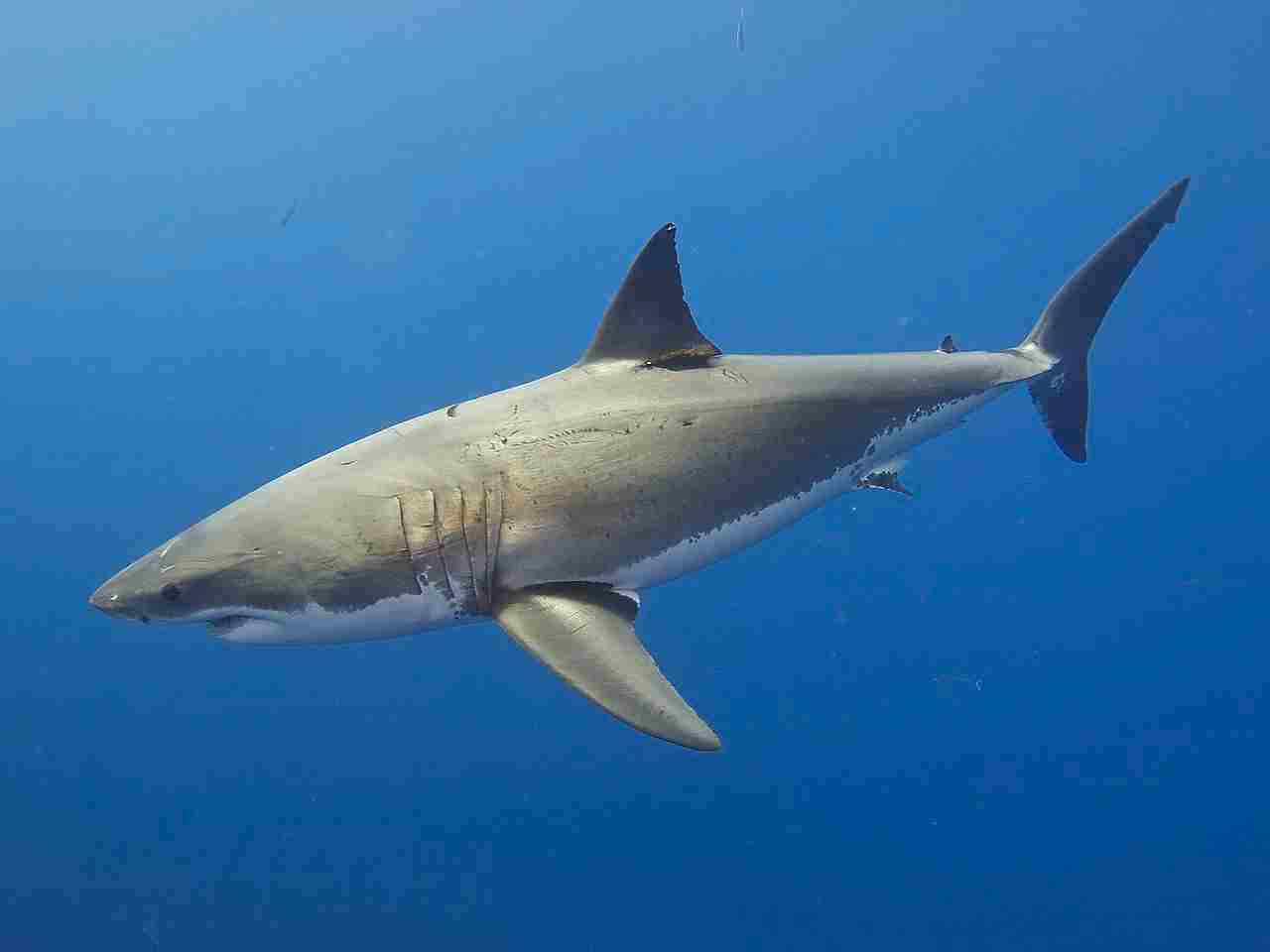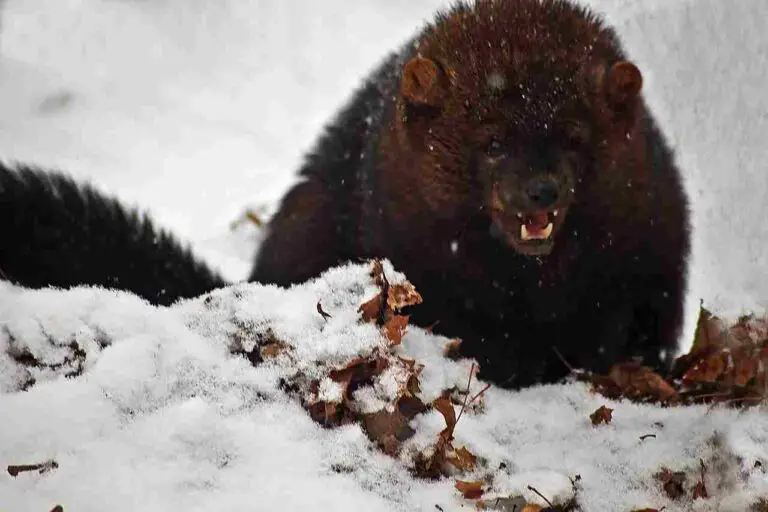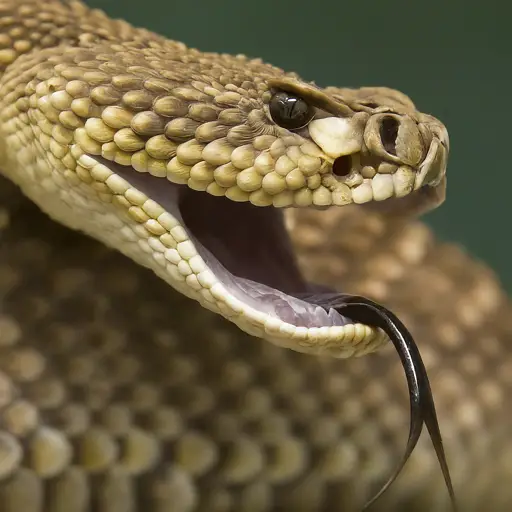7+ Large Predators In Australia And Their Characteristics
Examples of large predators in Australia are dingoes, Argus monitors, and saltwater crocodiles. Dingoes, the largest land predators, hunt small mammals and occasionally larger animals. Argus monitors are large lizards found in northern and western Australia, preying on small mammals and insects. Saltwater crocodiles, the largest living reptiles, use ambush tactics to hunt in northern Australia’s coastal waters. Hammerhead sharks and great white sharks are notable predators in Australia’s marine ecosystems, while humpback whales, manta rays, and dolphins are important for marine biodiversity. Conservation efforts for these predators focus on reducing human-wildlife conflict, protecting habitats, and promoting sustainable practices.
1. Dingo
The dingo (Canis lupus dingo) is Australia’s largest land predator, a wild canine with origins tracing back to domestic dogs brought to the continent thousands of years ago. They have since evolved into a distinct breed, adapting to the Australian landscape. With a lean body, pointed ears, and a bushy tail, dingoes are skilled hunters that primarily prey on small mammals like rabbits and wallabies, but they are also known to hunt larger animals such as kangaroos. They live in a range of habitats, from deserts to forests, and are highly social, often forming packs to hunt and protect their territory.
Dingoes play a crucial role in maintaining ecological balance by controlling populations of other species. However, their relationship with humans is complex, as they sometimes prey on livestock, leading to conflict with farmers. To mitigate this, Australia has established the Dingo Fence, one of the longest structures in the world, to separate dingoes from agricultural regions. Despite their reputation as a threat to livestock, dingoes are an integral part of Australia’s natural environment, and conservation efforts focus on maintaining a balance between their role as apex predators and the needs of the agricultural industry.
2. Argus Monitor
The Argus monitor (Varanus panoptes) is one of the largest monitor lizards in Australia, found across the northern and western regions of the country. Recognized by their robust body, elongated tail, and powerful legs, Argus monitors are impressive predators that primarily feed on smaller mammals, birds, reptiles, and insects. They are also known for their intelligence and problem-solving abilities, which allow them to navigate various terrains, from woodlands to savannas and coastal areas. The Argus monitor’s name is derived from the intricate patterns on its skin, resembling the eye spots of Argus, a figure from Greek mythology.
Argus monitors play an important role in their ecosystems by helping to control populations of smaller species. Their large size and predatory skills make them apex predators in many environments. However, they also face threats from habitat loss and human encroachment. Conservation efforts focus on preserving their natural habitats and minimizing human-wildlife conflict. Despite their intimidating appearance, these lizards are generally wary of humans and tend to avoid direct confrontation, retreating into burrows or climbing trees to escape threats.
3. Saltwater Crocodile
The saltwater crocodile (Crocodylus porosus), often called the “saltie,” is the largest living reptile, with males reaching lengths of over 6 meters (20 feet) and weighing over a ton. Found in northern Australia, saltwater crocodiles inhabit estuaries, river mouths, and coastal waters, where they can be stealthy and highly aggressive predators. They are opportunistic feeders, preying on a wide range of animals, from fish and birds to mammals, and even other reptiles. Saltwater crocodiles are known for their ambush hunting style, lying in wait and then striking with incredible speed and force.
Despite their fearsome reputation, saltwater crocodiles play a crucial role in maintaining the health of aquatic ecosystems by controlling prey populations and removing weak or diseased animals. However, their interactions with humans can be dangerous, and safety precautions are necessary in regions where they are present. Conservation efforts have helped stabilize saltwater crocodile populations, allowing them to rebound from previous declines due to hunting. Strict regulations and public education campaigns aim to reduce human-crocodile conflicts while promoting the conservation of these ancient predators.
4. Hammerhead Shark
Hammerhead sharks are a distinctive group of sharks known for their unique head shape, resembling a hammer or a T-shape, which gives them a wider field of vision and enhanced sensory capabilities. Several species of hammerhead sharks can be found in Australian waters, with the most common being the scalloped hammerhead (Sphyrna lewini) and the great hammerhead (Sphyrna mokarran). These sharks are typically found in coastal regions and along continental shelves, where they hunt for prey like fish, squid, and crustaceans. Their unusual head shape allows them to pin down prey and detect electrical signals, making them formidable predators in their environment.
Hammerhead sharks are generally not considered a significant threat to humans, but they are sometimes caught as bycatch in fishing operations, leading to population declines. As a result, many species of hammerhead sharks are now listed as vulnerable or endangered. Conservation efforts focus on reducing bycatch and implementing measures to protect shark habitats. In Australia, these efforts are particularly important to ensure the long-term survival of hammerhead sharks and maintain their role in the marine ecosystem as effective predators.
5. Great White Shark
The great white shark (Carcharodon carcharias) is perhaps the most iconic shark species, known for its size, power, and role in popular culture. Found in coastal and offshore waters around Australia, great white sharks are apex predators that can grow up to 6 meters (20 feet) in length and weigh over 2,000 kilograms (4,400 pounds). They are equipped with powerful jaws and rows of sharp teeth, allowing them to prey on a variety of marine life, including seals, dolphins, and large fish. Great white sharks are migratory, often traveling long distances across oceans in search of food and suitable breeding grounds.
Despite their fearsome reputation, great white sharks play a vital role in maintaining the balance of marine ecosystems by controlling prey populations and removing weak or sick individuals. However, they are often misunderstood and unfairly blamed for shark attacks on humans. Conservation efforts aim to improve public understanding of these sharks and promote coexistence by implementing shark nets, drone surveillance, and public education campaigns. Great white sharks are protected in Australia, with regulations to prevent overfishing and minimize human-wildlife conflict, ensuring their continued presence in the region’s marine environments.
6. Humpback Whale
Humpback whales (Megaptera novaeangliae) are among the most recognizable and beloved marine mammals, known for their impressive size, acrobatic breaching, and complex songs. These whales migrate along the Australian coast, traveling thousands of kilometers between feeding and breeding grounds. Humpback whales are filter feeders, using their baleen plates to consume large quantities of krill and small fish. Their migrations are among the longest of any mammal, with some individuals traveling from Antarctica to the warmer waters of Australia’s east and west coasts for breeding and calving.
Humpback whales have made a remarkable recovery from the brink of extinction due to commercial whaling, which was banned in the 1960s. Australia has played a significant role in their conservation, with protected marine areas and regulations to ensure their safety. The resurgence of humpback whale populations has also boosted ecotourism, as people flock to coastal regions to witness their majestic displays. Despite their recovery, these whales still face threats from ship strikes, entanglements in fishing gear, and climate change, making continued conservation efforts essential for their survival.
7. Manta Ray
Manta rays are large, graceful creatures found in the coastal waters of Australia, especially along the Great Barrier Reef. These majestic animals can grow to wingspans of up to 7 meters (23 feet) and are known for their gentle nature and distinctive triangular pectoral fins. Manta rays are filter feeders, using their specialized gill plates to consume plankton and small fish. They are often seen gliding through the water, sometimes leaping out in spectacular displays. The presence of manta rays in a region indicates a healthy marine ecosystem, as they rely on abundant food sources.
Despite their beauty and ecological importance, manta rays face threats from overfishing and habitat degradation. They are often targeted for their gill plates, used in traditional medicine, leading to declines in some populations. In Australia, manta rays are protected in marine reserves, and efforts are made to promote sustainable ecotourism, allowing people to observe these magnificent creatures without harming them. Conservationists work to ensure that manta rays continue to thrive in Australian waters, contributing to the region’s biodiversity and attracting marine enthusiasts from around the world.
8. Dolphin
Dolphins are highly intelligent marine mammals known for their playful behavior and complex social structures. In Australia, several species of dolphins can be found in coastal waters and rivers, with the bottlenose dolphin (Tursiops truncatus) being one of the most recognized. Dolphins are known for their communication skills, using a combination of clicks, whistles, and body language to interact with one another and navigate their environment. They are social creatures that often live in groups called pods, cooperating to hunt for fish and squid and engaging in playful activities that strengthen social bonds.
Dolphins play a crucial role in marine ecosystems, often serving as indicators of ocean health due to their sensitivity to environmental changes. In Australia, they are a significant draw for ecotourism, with whale and dolphin watching tours popular in many coastal regions. However, dolphins face threats from habitat loss, pollution, and entanglement in fishing gear. Conservation efforts in Australia focus on protecting dolphin habitats, reducing pollution, and promoting sustainable fishing practices to ensure these intelligent creatures continue to thrive in the region’s marine ecosystems.
*Summary
-
Dingo
-
Australia’s largest land predator
-
Hunts small mammals and sometimes larger animals
-
Forms social packs
-
Faces conflict with farmers over livestock predation
-
Conservation involves maintaining a balance with agriculture
-
-
Argus Monitor
-
Large monitor lizard found in northern and western Australia
-
Hunts small mammals, birds, reptiles, and insects
-
Plays a role in controlling species populations
-
Faces threats from habitat loss and human encroachment
-
-
Saltwater Crocodile
-
Largest living reptile
-
Found in northern Australia, inhabits estuaries and coastal waters
-
Hunts a variety of prey through ambush tactics
-
Plays a role in maintaining aquatic ecosystems
-
Safety precautions are necessary due to potential danger to humans
-
-
Hammerhead Shark
-
Sharks with unique T-shaped heads for wider field of vision
-
Found in Australian coastal regions and continental shelves
-
Prey on fish, squid, and crustaceans
-
Some species are listed as vulnerable or endangered
-
Conservation focuses on reducing bycatch and protecting habitats
-
-
Great White Shark
-
Apex predator in Australian coastal and offshore waters
-
Can grow up to 6 meters (20 feet) in length
-
Preys on seals, dolphins, and large fish
-
Plays a key role in marine ecosystem balance
-
Conservation efforts aim to reduce human-shark conflict and overfishing
-
-
Humpback Whale
-
Known for their size, acrobatic breaching, and complex songs
-
Migrate along Australian coasts for breeding and feeding
-
Feed on krill and small fish
-
Made a comeback from near extinction due to conservation efforts
-
Threats include ship strikes and entanglement in fishing gear
-
-
Manta Ray
-
Large rays found in Australian coastal waters, especially near the Great Barrier Reef
-
Filter feeders, consuming plankton and small fish
-
Targets for overfishing due to gill plates
-
Conservation focuses on protecting habitats and promoting sustainable ecotourism
-
-
Dolphin
-
Intelligent marine mammals with complex social structures
-
Found in Australian coastal waters and rivers
-
Use clicks, whistles, and body language for communication
-
Playful and social, living in pods
-
Threats include habitat loss, pollution, and entanglement in fishing gear
-
| Predator | Description |
| Dingo |
Australia’s largest land predator; hunts small mammals and sometimes larger animals; faces conflict with farmers; plays key role in ecological balance
|
| Argus Monitor |
Large monitor lizard; hunts small mammals, birds, reptiles, and insects; found in northern and western Australia; faces threats from habitat loss
|
| Saltwater Crocodile |
Largest living reptile; found in northern Australia; ambush hunter; requires safety precautions; plays role in maintaining aquatic ecosystems
|
| Hammerhead Shark |
Sharks with unique T-shaped heads; found in Australian coastal regions; prey on fish, squid, and crustaceans; some species vulnerable or endangered
|
| Great White Shark |
Apex predator in coastal and offshore waters; large size; preys on seals, dolphins, large fish; conservation focuses on reducing human-shark conflict
|
| Humpback Whale |
Large migratory whale; known for acrobatic breaching and songs; comeback from near extinction; threats include ship strikes and entanglement
|
| Manta Ray |
Large rays in Australian coastal waters; filter feeders; overfishing threat due to gill plates; conservation focuses on protecting habitats
|
| Dolphin |
Intelligent marine mammals with complex social structures; communicate using clicks, whistles, and body language; live in pods; threats include pollution and habitat loss
|
